Over the last century, science’s understanding of black holes has grown. What was thought to be an exotic speculation of theory is now a key test subject for modern physicists. However, as philosopher of physics Eugene Chua argues, the models we use to study black holes are shrouded in as yet untested assumptions. Most crucially, those that allow us to define energy conservation, which formed the basis of Hawking’s argument for black hole evaporation. Only as we de-idealize our perfect models, removing our misplaced assumptions to better align them with our imperfect world, can they become meaningful descriptions of a very messy reality.
1. Perfect black holes and spherical horses
In his 1983 Mathematical Theory of Black Holes, physicist Subrahmanyan Chandrasekhar remarked that “the black holes of nature are the most perfect macroscopic objects there are in the universe.” However, their perfection may come at the cost of idealization—the introduction, into our models, of assumptions often known to be false. As an old joke goes, physicists can predict the winner of any horse race, provided the horses were spherical and moved through a vacuum. But can a model relying on perfect spherical horses be used to make inferences about imperfect equine-shaped systems in the real world? Depending on context, not all idealizations are made equal, and it’s worth checking whether, or when, our idealizations have been put to use beyond their limits.
This demand for oversight was termed “de-idealization” by philosopher of science Ernan McMullin in 1985. The idea is simple: to make justifiable inferences about some feature of a target system using an idealization, we must have a grasp of what happens to this feature when this idealization is removed, and how something like this feature approximately obtains thereafter—see also the work of philosopher John Earman. For instance, to de-idealize the spherical horse is (at least) to ask what happens if horses were not exactly spherical, or if the medium of motion is not exactly a vacuum. In short, de-idealization asks the question: when we add the imperfections of reality back into our perfect models, what happens then? A simple question may be hard to answer: the very idea of de-idealization has come under fire in recent years. Some think that it is too difficult and unrealistically assumes knowledge of ‘the real world’ in its full glory, while others think that scientific practice often do not aim at de-idealization.
2. Idealizations and black hole physics
Among their varied purposes, idealizations simplify computations and allow us to derive solutions to complicated equations which may otherwise be beyond analytic reach. It is therefore unsurprising that black hole physics—relying on the highly non-linear Einstein Field Equations—employs its own spherical horses.
___
While local conservation of energy is baked into the heart of general relativity, this property does not include gravitational energy. Therefore, to talk meaningfully about the conservation of total energy (including gravitational energy), we must rely on idealizations.
___
Consider the very first non-trivial general relativistic model (and also the first model of a black hole, though it wasn’t necessarily apparent at that time). It was found by Schwarzschild in 1916, just a month or so after Einstein published the theory. Schwarzschild employed a host of simplifying assumptions: it is a spacetime describing the gravitation of an isolated, unchanging, spherically symmetric point mass without charge or spin.

Flamm’s parabaloid: Depiction of the spatial curvature around mass in Schwarzschild model. (Source Wikimedia Commons)







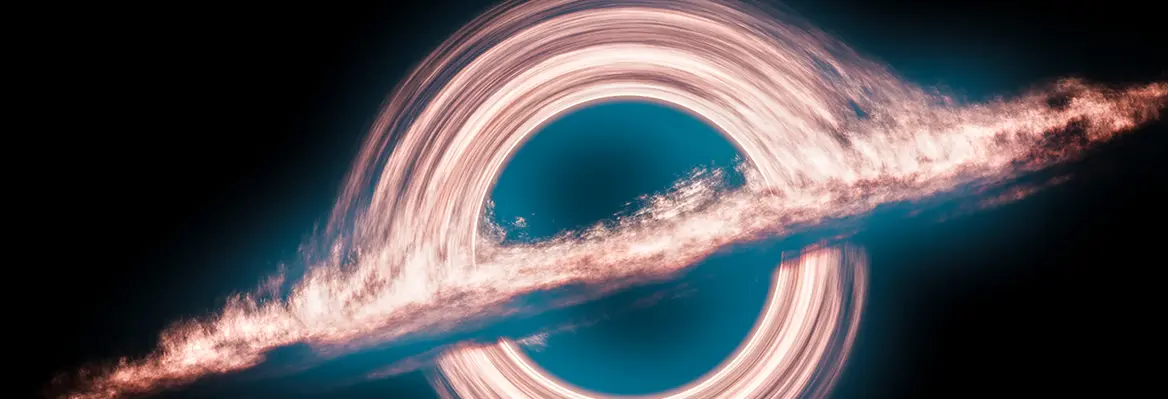


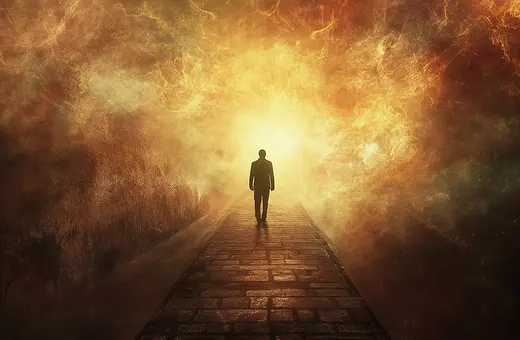
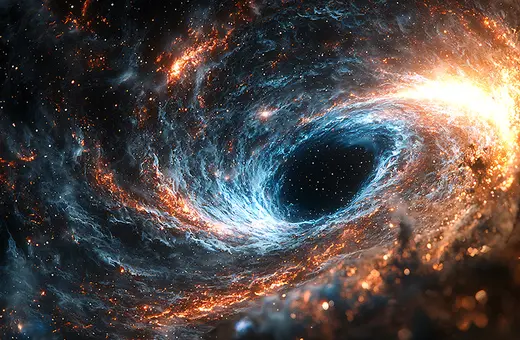
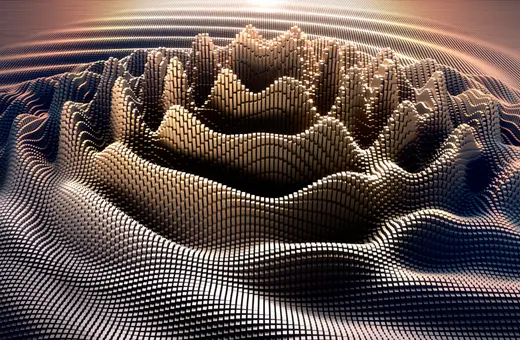
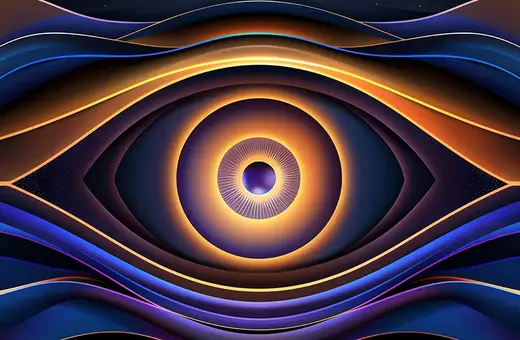
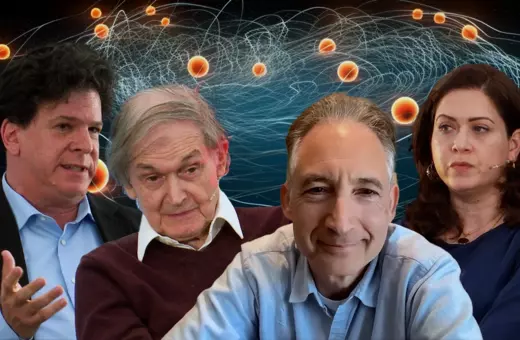

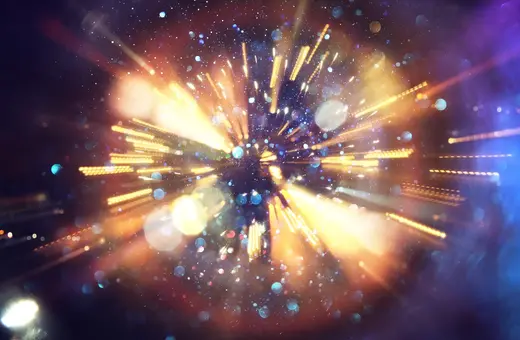
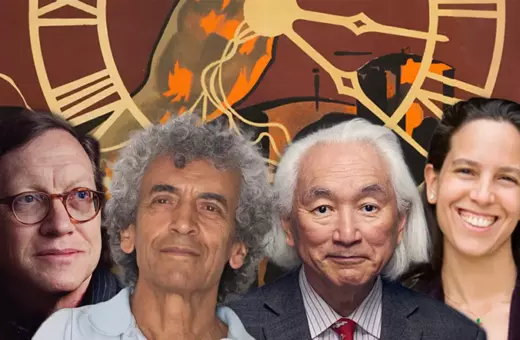
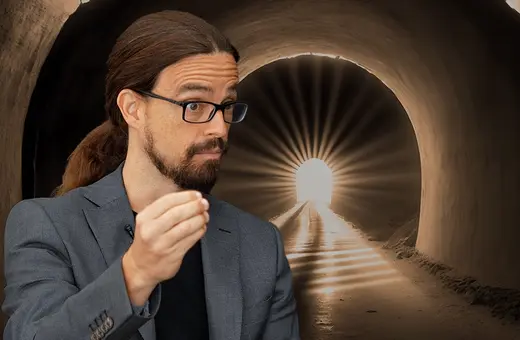

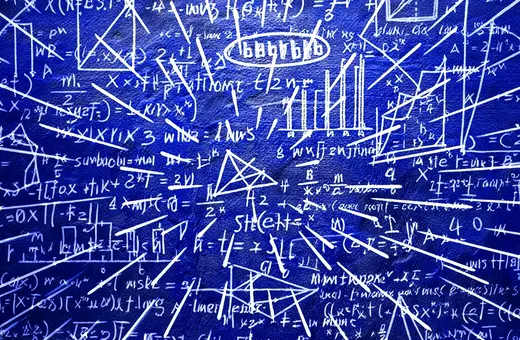
Join the conversation